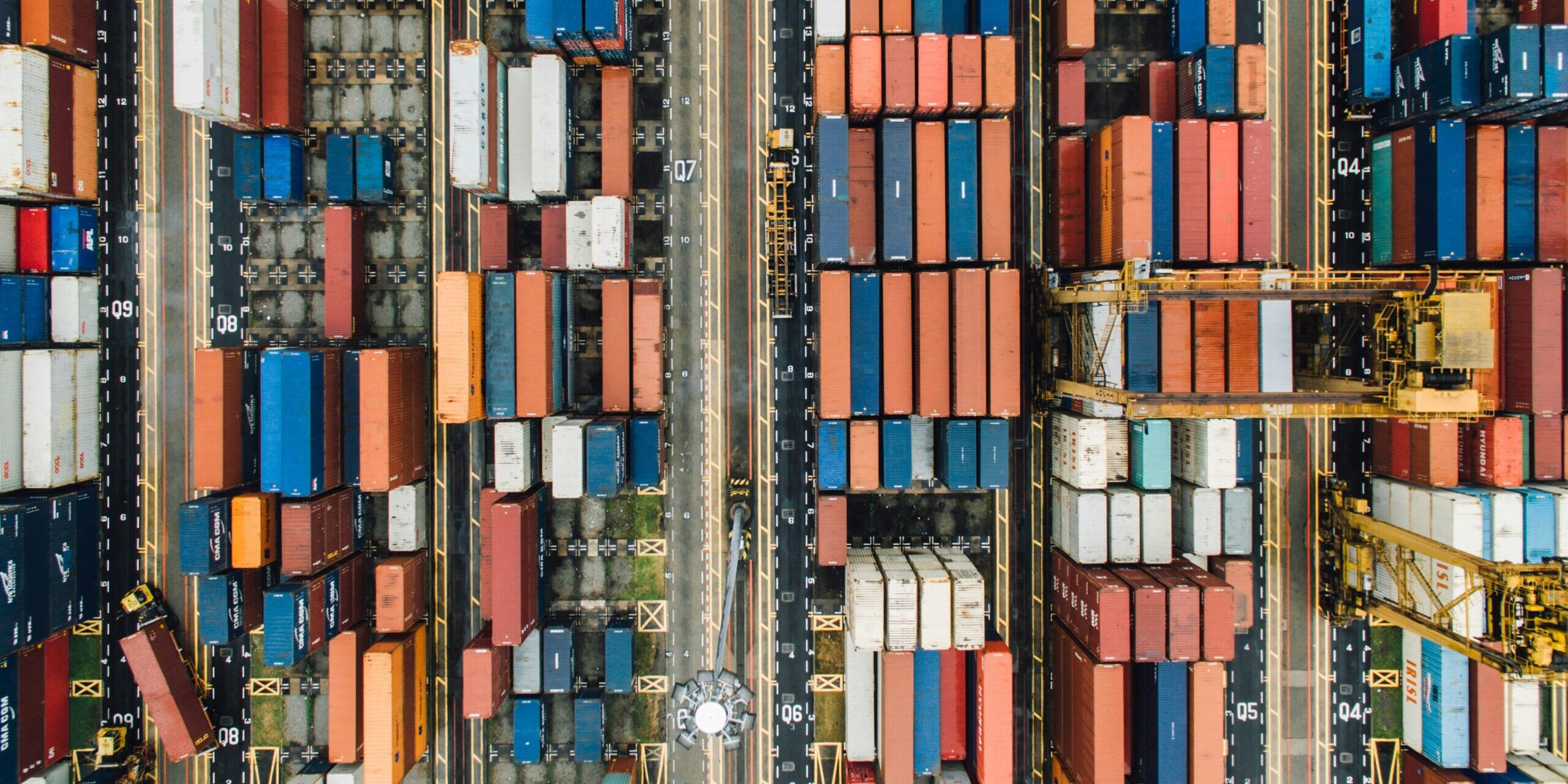In a groundbreaking shift within the industry, there’s a renewed focus on optimizing reverse logistics, the intricate system governing the management and movement of returned goods. The International Centre for Trade Transparency and Monitoring sheds light on this critical development, recognizing its far-reaching impact on both individuals and businesses, especially during peak return periods, such as post-holiday seasons.
Tony Sciarrotta, Executive Director of the Reverse Logistics Association, underscores the pivotal role of transportation in the reverse logistics realm. He emphasizes the significance of every touchpoint, as returns navigate 3-4 times as many touchpoints compared to forward goods, making transportation a crucial cost factor in the process.
Carlton Farr II, Vice President of Supply Chain Transportation at Radial Inc., emphasizes the broader implications of reverse logistics on supply chain costs, brand image, and customer experience. The multifaceted challenges include increased transportation and staffing costs, as well as the need for additional warehousing space to manage returned inventory. Farr shares insights from a survey conducted by Radial Inc., revealing that retail leaders view repackaging and restocking costs and returned inventory that can’t be exchanged as major challenges.
The National Retail Federation’s report at the end of 2023 underscores the sheer scale of merchandise returns, amounting to $743 billion for the retail industry, with a total return rate of 14.5%. The complexities of reverse logistics become apparent when comparing it to forward logistics, with separated, sorted, and inefficiently packed returns leading to additional costs.
The impact of the COVID-19 pandemic has further exacerbated these challenges, particularly with the surge in e-commerce returns as a result of relaxed return policies. Satish Jindel, a transportation and logistics consultant, highlights the issues arising from retailers offering free returns, leading to potential abuse and increased expenses for managing returns.
Evan Armstrong, CEO of Armstrong and Associates, characterizes the reverse logistics industry as a fragmented puzzle, emphasizing the inspection process and the need to consolidate the supply chain to reduce overall costs. Despite the challenges posed by the pandemic, some believe that the intense focus on online shopping and returns during COVID-19 was a temporary phase, as in-person shopping has resumed for many.
To streamline the intricate process of reverse logistics, many retailers are turning to third-party logistics providers (3PLs). Outsourcing to 3PLs offers operational management and execution at a potentially lower cost, given their specialized technology and industry expertise. Collaboration with brands to set return policies, recommending acceptable return periods and limiting returnable item categories, is proposed as a strategy to reduce and streamline returns.
Major players in the transportation industry, like UPS, are investing in the reverse logistics market to address the growing demand. UPS’s recent acquisition of Happy Returns, a reverse logistics software company, aims to provide customers with a seamless and environmentally friendly returns process. The focus on sustainability is expected to continue, with advances in AI technology and increased adoption of self-serve returns portals anticipated in the next 3-5 years.
Looking ahead, the International Centre for Trade Transparency and Monitoring recognizes the twofold key to the future of reverse logistics: slowing down returns and finding more efficient ways to process them. Hyperlocal returns, leveraging AI for informed purchases, and sustainability-driven returns automation are highlighted as the industry’s future directions. As the industry evolves, it is crucial for the transportation sector to play a more integral role in the circular economy, actively contributing to the efficient management of returns.







